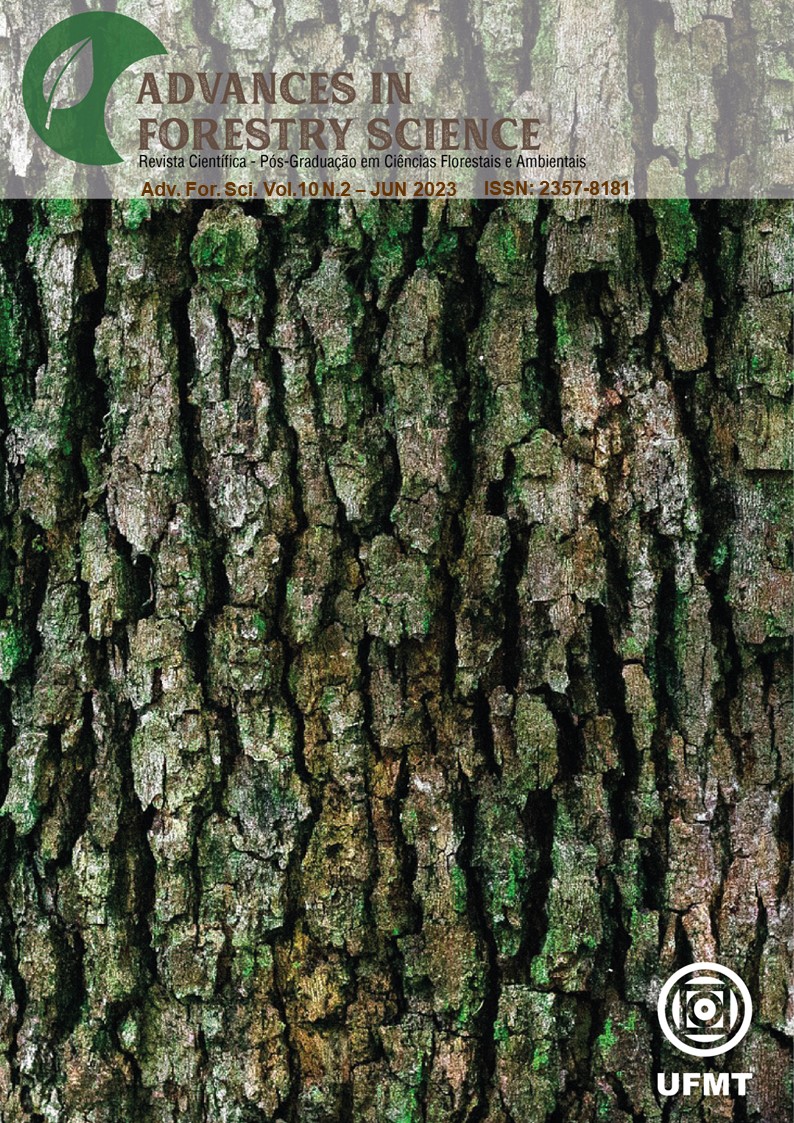Analysis of vegetation in an area of riparian forest in Baixo São Francisco, in Sergipe
DOI:
https://doi.org/10.34062/afs.v10i2.14093Abstract
Pressure for use of lands, mainly by agriculture, cattle and human habitation, has been the main obstacles for conservation of the vegetation of riparian forests. This study aimed to analyze the floristic composition and phytosociological structure of shrubs and trees at a riparian forest fragment in the lower part of the São Francisco River. By the systematic sample method 25 plots of 20 x 20 m (400m2) were used, where all individuals with circumference at the height of the chest (CAP) equal to or larger than 6cm were recorded and had their height estimated. The botanical material was collected and it was taken to the herbarium of Sergipe Federal University (ASE) and the herbarium of the Instituto do Meio Ambiente de Alagoas (MAC), where they were identified and saved up. Families with the greatest number of species were Fabaceae, Myrtaceae, Rubiaceae and Euphorbiaceae. The species with the highest importance value index (IVI) was Croton jacobinensis Baill. also standing out in terms of dominance, frequency, and density. In the intermediate vertical stratum, 75.6% of the total number of individuals was observed. The area presented a diversity considerably above the expected for riparian environments in the caatinga, with the edaphic condition directly associated with this floristic and structural aspect, mainly for the vegetation found in the valley bottom region.
Downloads
Downloads
Published
Issue
Section
License
All copyright must be assigned to the Federal University of Mato Grosso.

